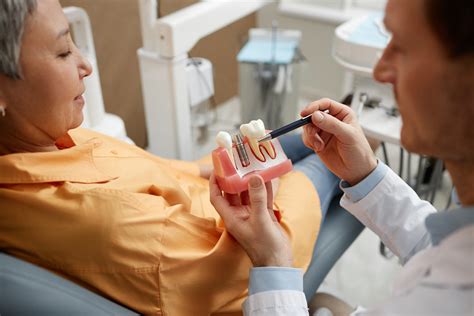Dental restoration procedures play a crucial role in restoring the health and aesthetics of damaged teeth. Among the various techniques employed, closure and frontal restorations stand out as two primary approaches, each offering unique advantages and considerations. Understanding the differences between these techniques empowers patients to make informed decisions about their dental care.

Closure Restoration: A Comprehensive Approach
Closure restoration, also known as occlusal restoration, focuses on restoring the chewing surface of teeth. It involves filling the affected area with a filling material, such as composite resin or amalgam, to restore the tooth’s functionality and prevent further damage.
Benefits of Closure Restoration:
- Preserves tooth structure: The minimal preparation required for closure restoration helps preserve healthy tooth structure.
- Cost-effective: Compared to frontal restorations, closure restorations are generally more affordable.
- Quick and easy: Closure restorations can typically be completed in a single visit.
- Suitable for small cavities: Closure restorations are suitable for treating small to moderate-sized cavities.
Pain Points:
- Aesthetic concerns: Closure restorations may not be suitable for highly visible teeth as they may affect the overall appearance of the smile.
- Durability: Closure restorations may be less durable than frontal restorations, especially under heavy chewing forces.
Frontal Restoration: A Durable Solution
Frontal restoration, also known as coronal restoration, involves restoring the entire crown of the tooth, including the chewing surface, inner lining, and outer enamel layer. This technique is typically used for extensive damage or when the tooth is structurally compromised.
Benefits of Frontal Restoration:
- Strength and durability: Frontal restorations provide superior strength and durability compared to closure restorations.
- Improves aesthetics: Frontal restorations can restore the natural appearance of teeth, including their shape and color.
- Protects the tooth: Frontal restorations encapsulate the tooth, providing protection against future damage.
- Suitable for large cavities: Frontal restorations are suitable for treating large cavities and damaged cusps.
Pain Points:
- Expensive: Frontal restorations are generally more expensive than closure restorations.
- Involves more tooth preparation: Frontal restorations require significant tooth preparation, which can compromise the structural integrity of the tooth.
- Time-consuming: Frontal restorations may require multiple visits to complete.
Comparing Closure vs Frontal Restorations
| Feature | Closure Restoration | Frontal Restoration |
|---|---|---|
| Focus | Chewing surface | Entire crown |
| Tooth preparation | Minimal | Significant |
| Cost | Affordable | Expensive |
| Aesthetics | Limited | Improved |
| Durability | Less durable | More durable |
| Suitability | Small cavities | Large cavities, damaged cusps |
Motivations for Choosing Closure vs Frontal Restoration
Closure restoration:
- Budget concerns
- Small or moderate-sized cavities
- Minimal tooth preparation desired
Frontal restoration:
- Extensive tooth damage
- Compromised tooth structure
- Aesthetic considerations
- Long-term durability
Step-by-Step Approach to Closure Restoration
- Determine the extent of the cavity: Examine the tooth to assess the size and location of the cavity.
- Prepare the cavity: Remove decayed tooth material to create a stable foundation for the filling.
- Apply the filling material: Fill the cavity with a durable filling material, such as composite resin or amalgam.
- Shape and polish: Contour the filling to match the natural contours of the tooth and polish it for a seamless finish.
Step-by-Step Approach to Frontal Restoration
- Prepare the tooth: Remove decayed tooth material and reshape the tooth to receive the restoration.
- Create the restoration: Design and fabricate a restoration that conforms to the tooth’s anatomy and function.
- Bond the restoration: Cement or bond the restoration to the prepared tooth surface.
- Adjust and polish: Fine-tune the restoration’s fit and polish it for a natural appearance.
Innovation in Dental Restoration Techniques
Researchers are continuously exploring novel materials and techniques to enhance the effectiveness of dental restoration procedures. In particular, the field of nanotechnology holds promising potential for improving the strength, durability, and aesthetics of both closure and frontal restorations. By incorporating nanoparticles into restorative materials, scientists aim to create stronger, more resistant fillings and crowns that can last longer and provide better protection for teeth.
Conclusion
Closure and frontal restorations represent two distinct approaches to dental restoration, each with its own advantages and considerations. Understanding the differences between these techniques helps patients make informed decisions about their treatment options. While closure restoration is a cost-effective and minimally invasive solution for small cavities, frontal restoration provides increased durability and aesthetic improvement for compromised teeth. By leveraging innovative materials and techniques, dentists can continue to improve the outcomes of dental restoration procedures, ensuring the long-term health and beauty of their patients’ smiles.
